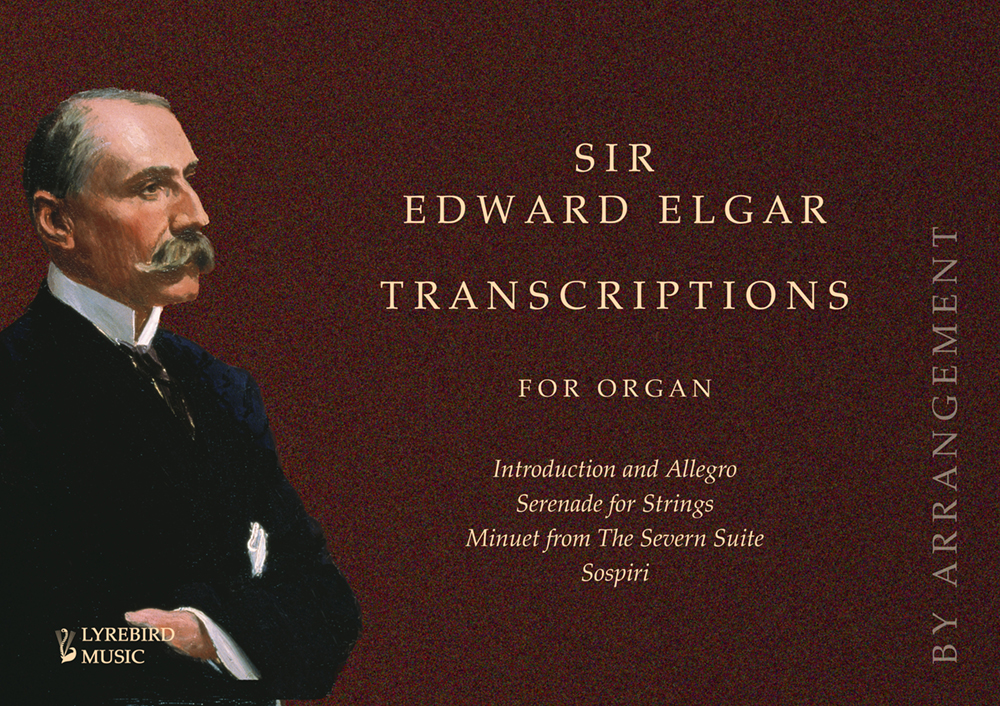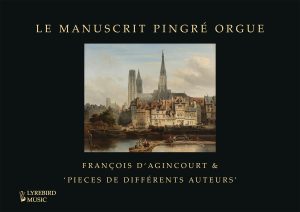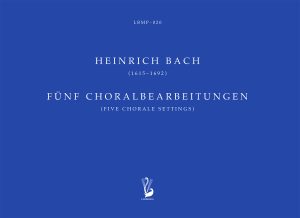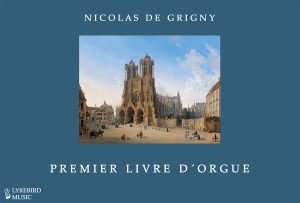LBMP–067: Sir Edward Elgar — Transcriptions for Organ
From €32.15
These transcriptions of four Elgar pieces offer a compelling reimagining of the composer’s orchestral works for solo organ. The volume features Introduction and Allegro (1905), Serenade for Strings (1892), and the ‘Minuet’ from The Severn Suite (1930), all rendered in idiomatic arrangements that reflect the British tradition of concert organ transcriptions from the late nineteenth and early twentieth centuries.
89 pages total
Transcribed by Andrew Dewar
- A handsome volume containing Andrew Dewar’s transcription of three pieces by Sir Edward Elgar for the organ
- Introduction and Allegro
- Serenade for Strings
- Minuet from The Severn Suite
- Sospiri, an Adagio for Orchestra
- Three available formats
- Colour hardback cover with a matt finish (choice on checkout)
- Wire bound softback
- Tablet (PDF – one download available for 5 days)
Prices vary according to your needs. Please first choose the format you require.
Please note that if you are an EU customer, the prices include the VAT for your area. This is collected for orders under €150. EU customers whose orders exceed €150 will see the VAT until checkout, at which point taxes will be removed.
The present collection brings together four of Elgar’s finest smaller-scale orchestral works: the noble Introduction and Allegro for strings (1905), the lyrical Serenade for Strings (1892), the stately Minuet from The Severn Suite (1930) and the lucious Sospiri, an adagio for orchestra. All four are idiomatic and richly textured, showcasing Elgar’s contrapuntal skill and gift for melody and texture. Their transcription for solo organ is not an act of novelty, but part of a long-standing tradition of expanding orchestral literature into the repertoire of the ‘orchestral’ organ.
In Britain during the late nineteenth and early twentieth centuries, the concert organ became a central feature of musical life in many towns and cities. With the construction of vast instruments in public halls—most famously at St George’s Hall, Liverpool, and the Alexandra Palace in London—the organ evolved into a vehicle for orchestral transcriptions, providing audiences with a means of hearing symphonies, overtures, and suites in a solo setting. Among the most influential figures in this movement was W. T. Best, whose performances at St George’s Hall routinely included transcriptions of major works by composers from Handel to Liszt. Such concerts popularised the idea that the organ could convincingly stand in for the orchestra, not only in scale but in expressive nuance.
In this context, the transcription of Elgar’s orchestral music for organ is entirely in keeping with historical practice. His rich harmonic language, dynamic shaping, and broad thematic development lend themselves naturally to the expressive capacities of the concert organ. These arrangements, while not a substitute for the original instrumentation, offer a fresh perspective on Elgar’s music—one that highlights both its craftsmanship and its expressive breadth.
Transcription by Andrew Dewar
Andrew Dewar’s musical career began at an early age; he started playing the organ at his local church in Yeovil (Somerset) when he was nine. With a scholarship to Wells Cathedral School, he studied the organ with Rupert Gough and David Sanger, and the harpsichord with David Ponsford. From 1999 to 2000, Andrew was the organ scholar at Wells Cathedral before moving to Germany, where he studied at the Musikhochschule Stuttgart with Ludger Lohmann. Andrew was the winner of the St. Alban’s International Organ Competition and has also won additional competitions, including Dublin, Wiesbaden, Berlin, Landau an der Isar, as well as prizes in Montreal, Schramberg and Erfurt. Andrew’s concert diary has taken him on tours to North America, Russia and frequent engagements throughout Europe.
Andrew has been the organist at the American Cathedral in Paris since 2010, where he currently oversees the major reconfiguration and restoration of the Cathedral’s organ. He is in demand as a teacher and has held positions as a professor of organ at the Royal College of Music in London and as a visiting professor of organ at the Royal Irish Academy of Music in Dublin.
Pending.




